Tools of Torment
10 gruesome objects from the Tower of London
These instruments of agony from the infamous Tower of London were used to inflict brutal punishments over centuries.
6 minute read
1. Scavenger’s Daughter
Invented as an instrument of torture in the reign of Henry VIII by Sir Leonard Skeffington, Lieutenant of the Tower of London, the Scavenger’s Daughter was the 'chief English sort of torture next after the rack.' By forcing the head down and the knees up into a sitting position, the frame compressed the body until the ribs, breastbone and spine could be dislocated. The severe compression was said to have applied such pressure that ‘a quantity of blood [was] expelled from the mouth and nostrils’.
2. Executioner’s Mask
During the 19th century, this strange iron mask was exhibited in the Tower of London alongside the famed block and axe and described as an ‘executioner’s mask’. However, it is improbable that an executioner would have worn an iron mask and the item’s grotesque appearance makes it more likely part of an elaborate scold’s bridle. The mask is roughly made of three plates, with openings for eyes, nostrils and mouth.
3. The Danzig handgun
Medieval firearms are extremely rare and decorated ones even more so, therefore, the 'Danzig handgun' must have been made for someone very important.
Decorated with five human faces - one with a gaping mouth at the touch-hole, and four bearded faces around the muzzle. The bearded man may represent the Germanic forest wildman of folklore - the 'woodwose' - a figure that symbolised raw, untamed power and was believed to scare away evil spirits. Belief in such superstitions would provide a feeling of supernatural protection for the user.
However, despite the 'Danzig handgun' being very short and of small calibre when compared with other Medieval handguns, it would certainly have been lethal at close range and would have provided the user with very real protection.
The 'Danzig handgun' is named after the historical German town (modern-day Gdansk in Poland) where it was found during dredging work in the 1920s. The gun is dated by comparison with other early guns (like the similarly decorated 'Mörkö gun' from Sweden) to between 1350 and 1430.
4. Vampire Killing Kit
The belief in real vampires is age-old and even persists to the present day. As recently as 2004, a Romanian family exhumed the body of a relative, cut out his heart with scythe and pitchfork, and burned it. This was a continuation of folklore that existed elsewhere in Eastern Europe for centuries.
The business of killing vampires was deadly serious, as evidenced by this vampire killing kit which was acquired by the museum in 2012. The kit includes a crucifix, stakes, a mallet, rosary, a prayer book, and a pistol along with a range of other items to ward off or kill vampires according to the appropriate methods. Historically, iron implements like knives, nails, skewers, ploughshares and scythes could be used to ‘stake’ the body or to remove the heart. Decapitation and/or dismemberment was another common method, but rarely was a specialist weapon used. Next to the simple wooden stake, the sexton’s or grave digger’s spade would have been the preferred vampire-slaying weapon. If these measures were insufficient, the heart would be removed and burned, and/or the entire corpse would be cremated.
Our Keeper of Firearms and Artillery, Jonathan Ferguson, completed a thorough survey of the kit which concluded that a kit like ours couldn't have been made until the era of Hammer Horror films in the 1950's-70's. Our kit is inspired by the movies not Victorian stories and folklore. However, It is important to recognise that although they may be manufactured substitutes, they represent the historical conflict between people and imaginary creatures. They are significant in interpreting that lost part of history.
5. Engraving of The Princes in the Tower
Purchased from Old Church Galleries in 2002, this engraving depicts the murder of the princes in the Tower by smothering. The disappearance of Edward V and Richard of Shrewsbury (12 and 9) in the summer of 1483, following the death of their father, King Edward IV of England, remains unsolved. It is widely speculated that they were murdered, with suspicion often falling on their uncle, King Richard III, who later took the throne.
6. The Gibbet
The gibbet was used for the public exhibition of the bodies of criminals and traitors after their execution. The intention was to instil fear in the public by making an example of wrongdoers. It is said that there were so many gibbets in London, there was hardly any street in which you could not hear one creaking as it swung. Anthony Wood recorded that on 15 March 1680 ‘Thomas Hovell that killed John White was hanged on a gallows against Balliol College gate: died very penitent and hanged there till two or three in the afternoon’.
7. Executioner’s sword engraved blade, 1674
Execution by sword was uncommon in England. Anne Boleyn was the only famous prisoner at the Tower of London to die in this way because she requested it. It was, however, the normal form of decapitation on the continent. Many surviving execution swords are actually swords of justice carried before the judge to indicate his power of life and death. The details on this engraved sword, which dates from the 17th century and is of German origin, show an inscription of lines from a Lutheran hymn, which may be translated as: ‘I live and know not for how long; I die I know not when; I wander I know not whither; I wonder that I am so contented’.
8. Scold’s Bridle or Brank
Traditionally, these instruments were used to punish scolds or gossips. They were specifically used against women as a means of ridicule and humiliation in order to control their behaviour. The first (right) example, which dates from the 17th century, consists of a simple iron frame for the head, padlocked at the back, and with a serrated iron tongue for insertion into the mouth, making it both painful and effective. The second (left), more elaborate bridle with a bell is German, likely dating from the 17th century.
9. Executioner's block
The surviving block, which is made from elm and weighs 56.75 kg, has two concavities at the top to take the head and the upper chest of the victim, leaving their head exposed. It was thought to be used for the execution of Simon, Lord Lovat, in 1747 and it may well have been made especially for that occasion. Two cuts on the surface of the wood suggest that either the headsman had a trial cut or that the block had been used before. The accompanying axe dates from the 16th century. Contrary to popular belief, it is not the axe with which Anne Boleyn was executed – a sword was used on the occasion.
10. Iron Torture Collar
This iron torture collar is believed to date from 16th century England. It is on display at the Tower of London. It is formed of two iron semi-circles, which lock together to form a collar. The spikes on the inside would have made for extremely uncomfortable wearing.
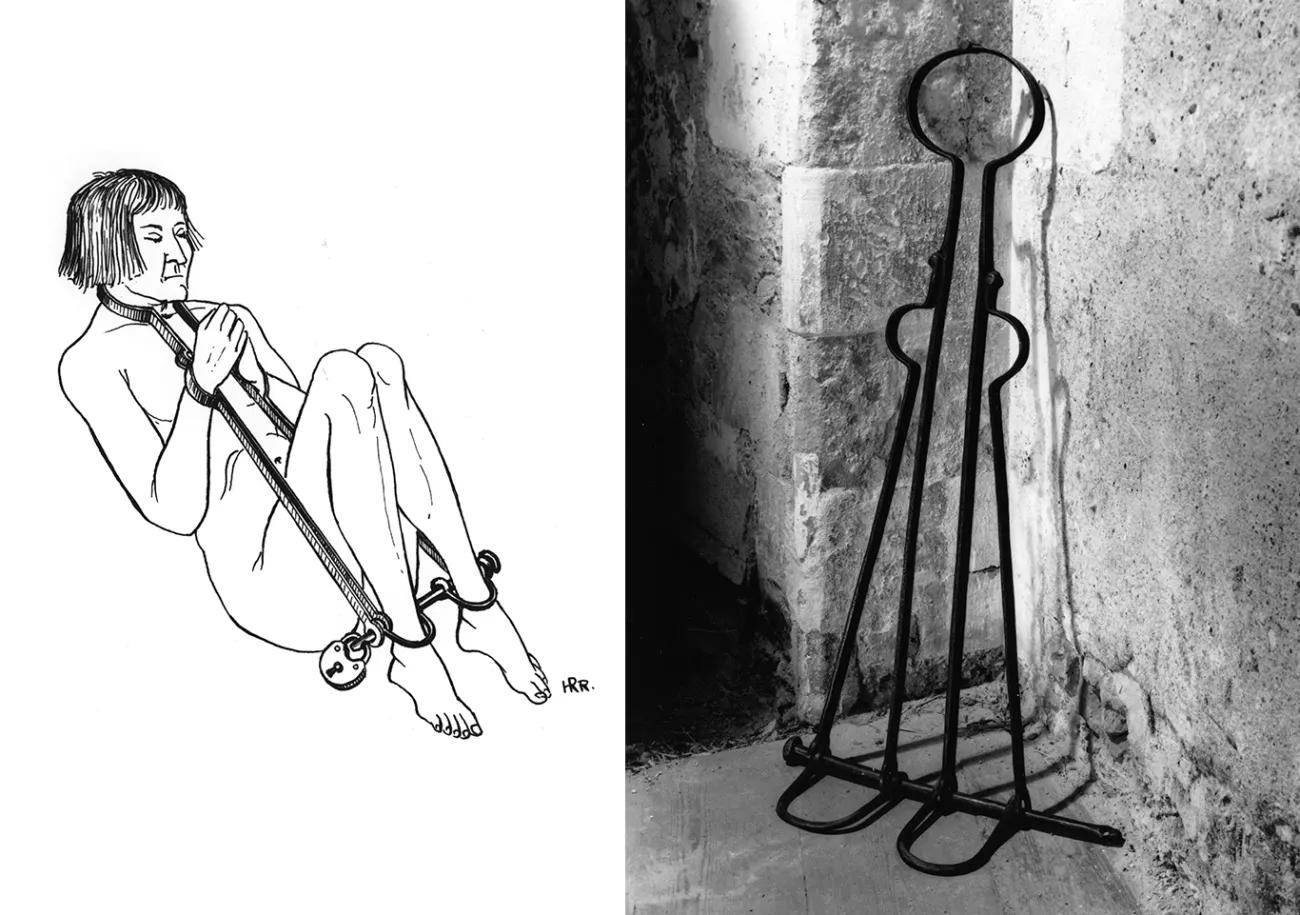
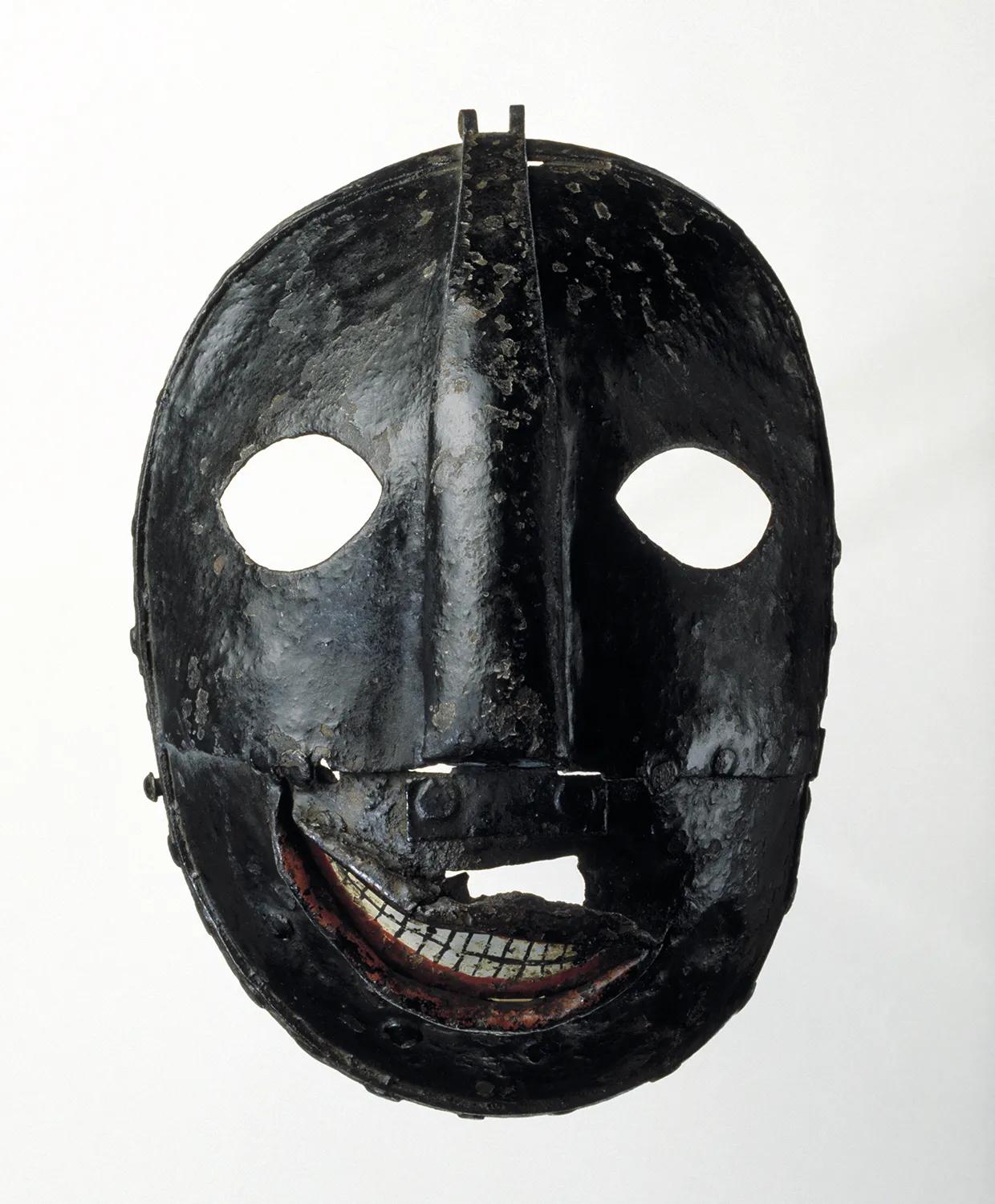
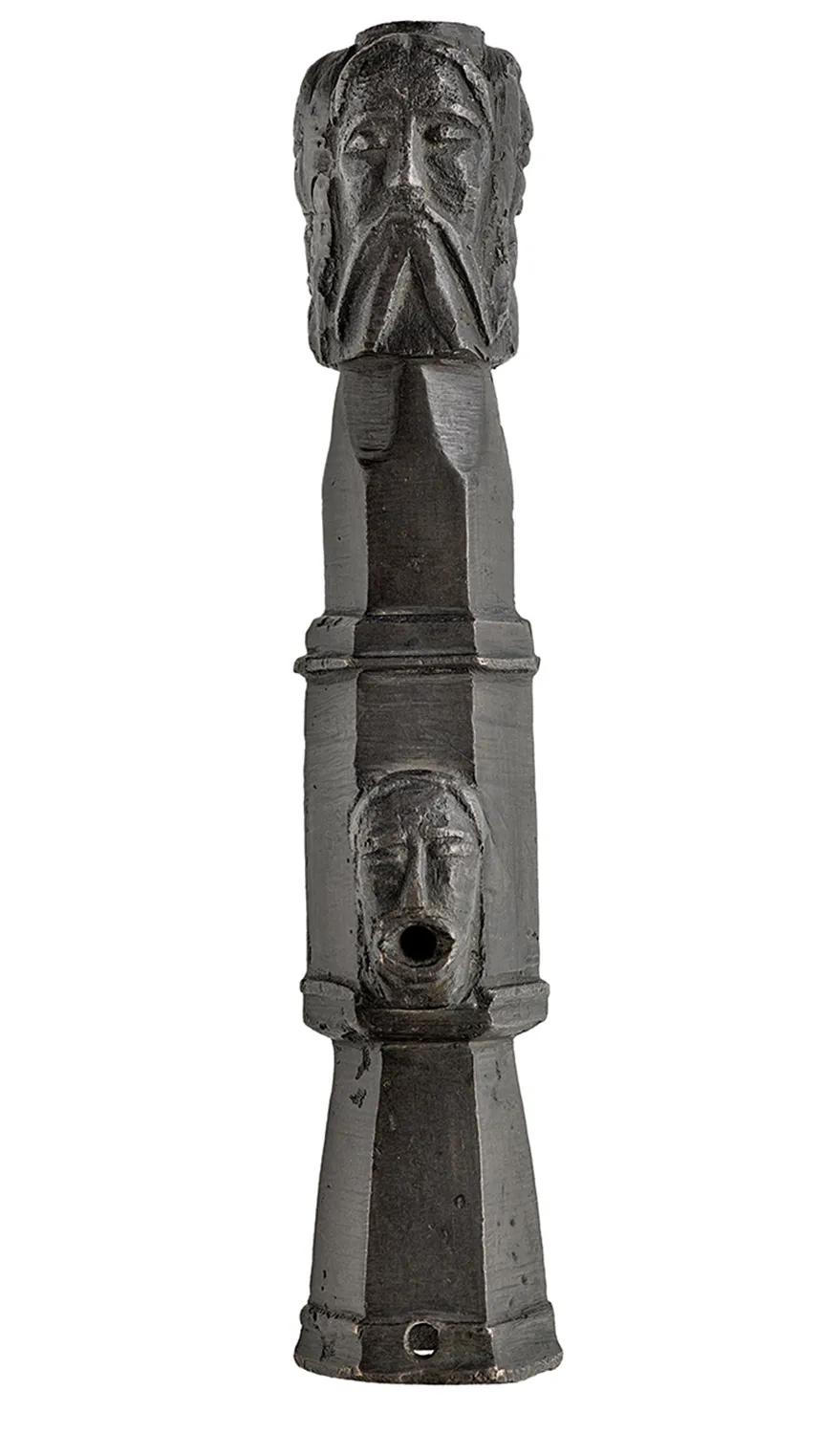
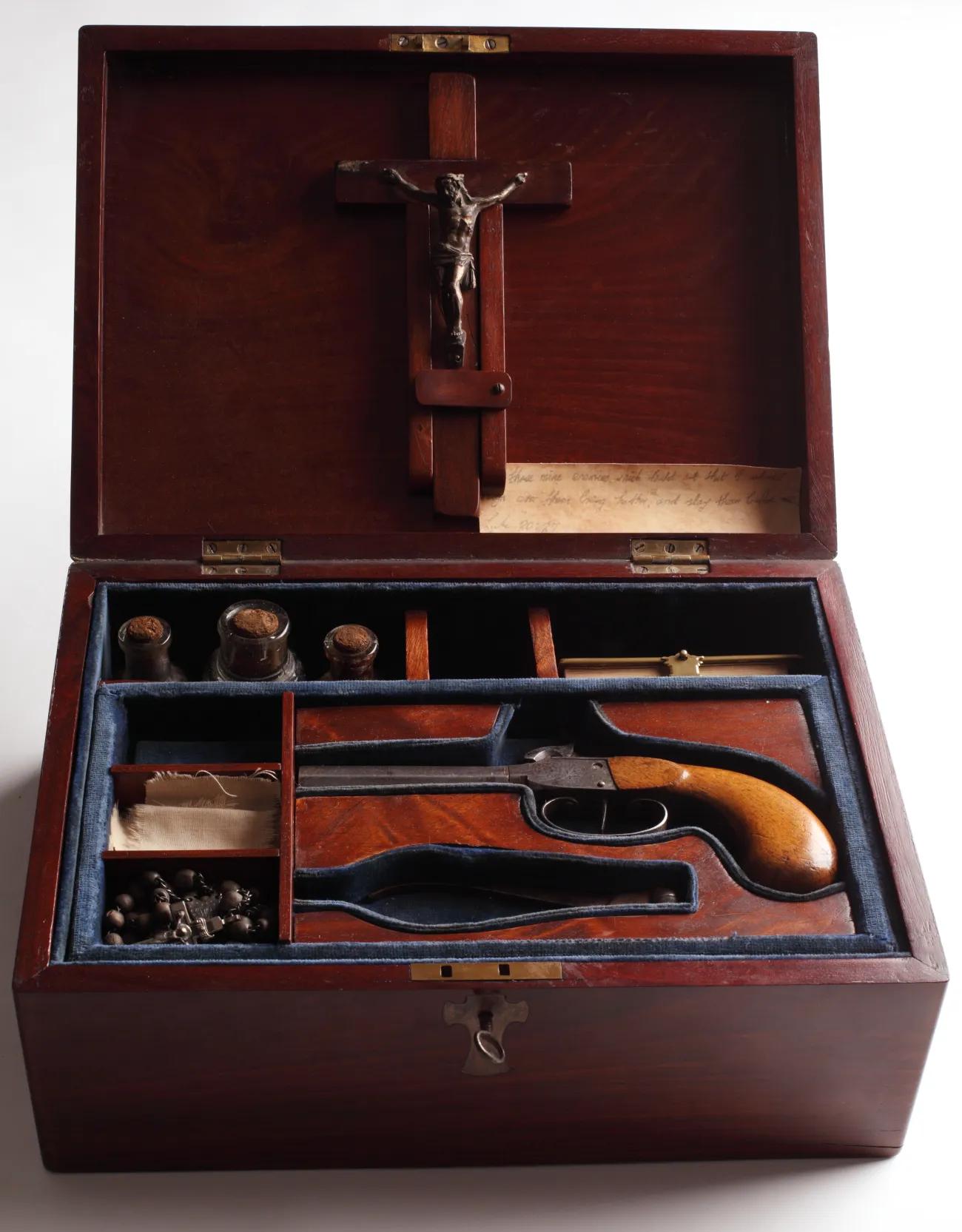
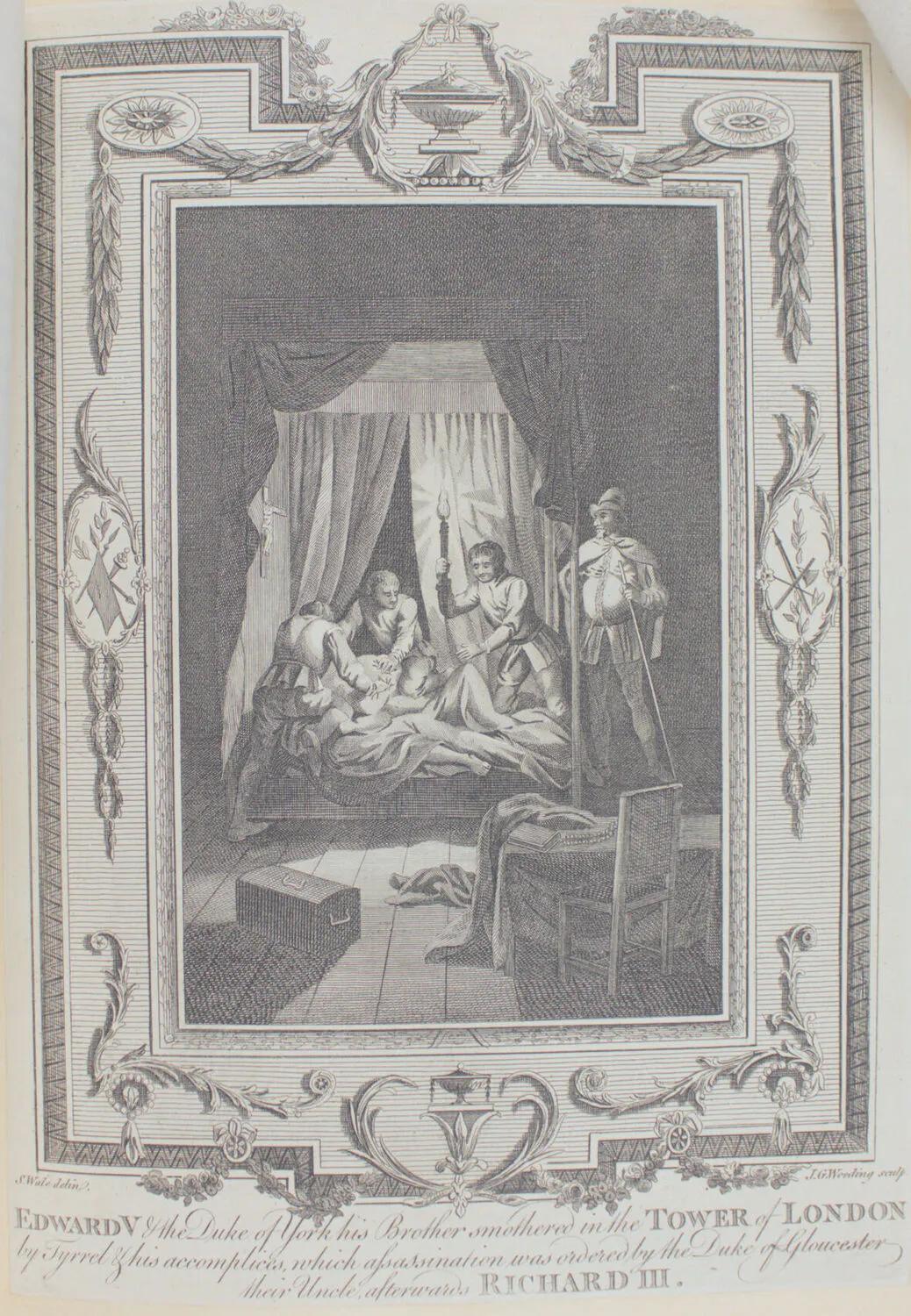
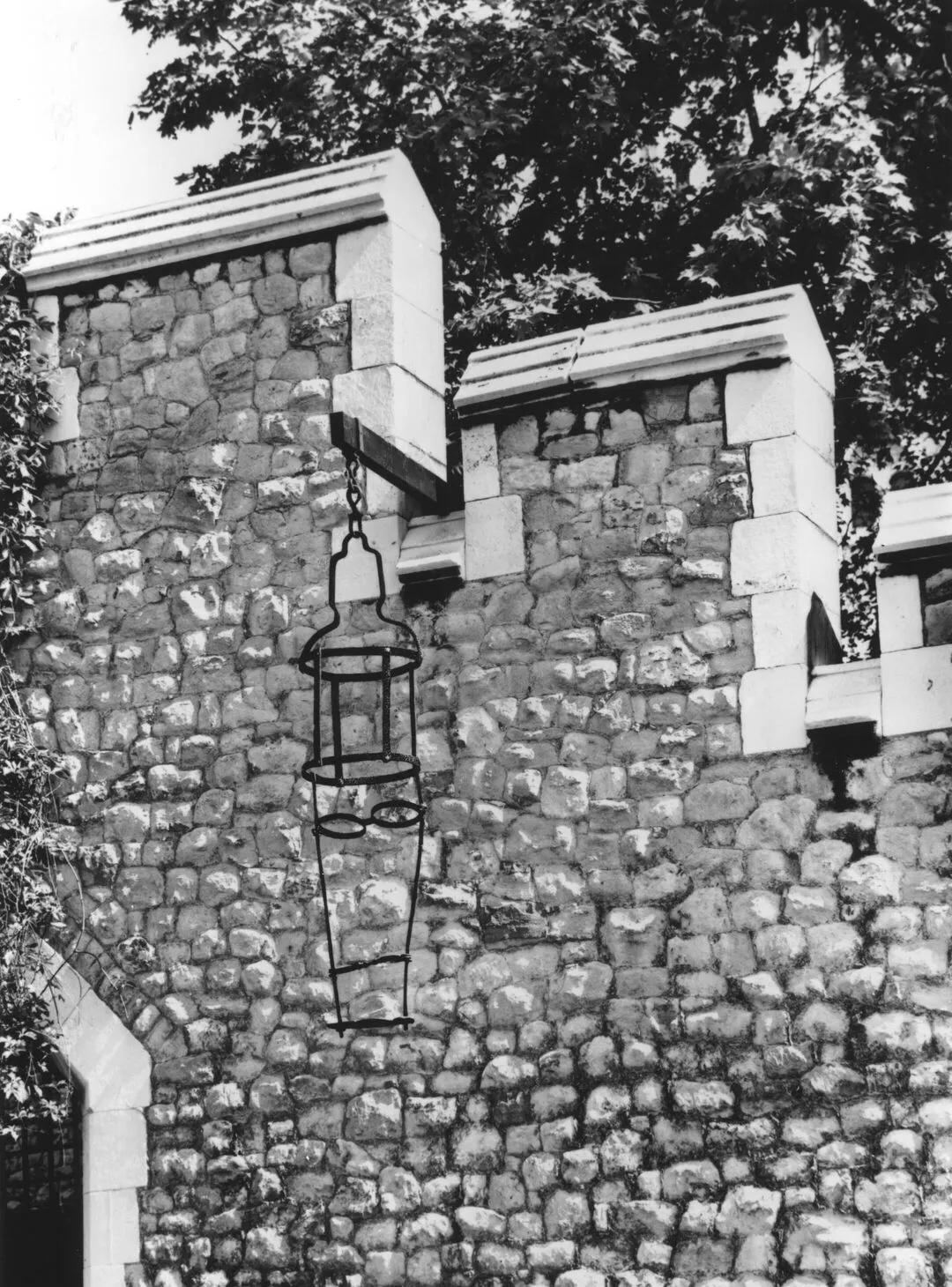
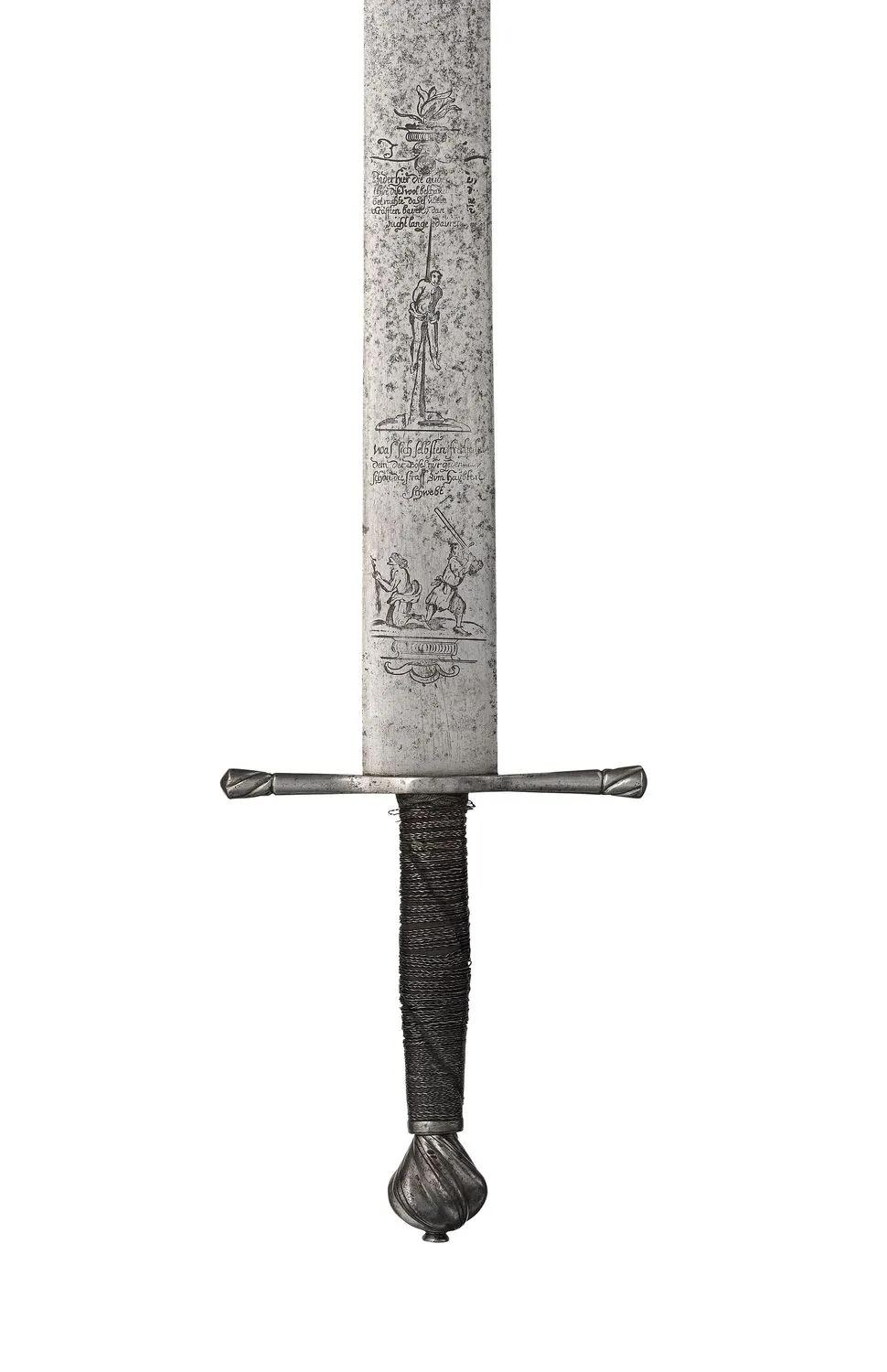
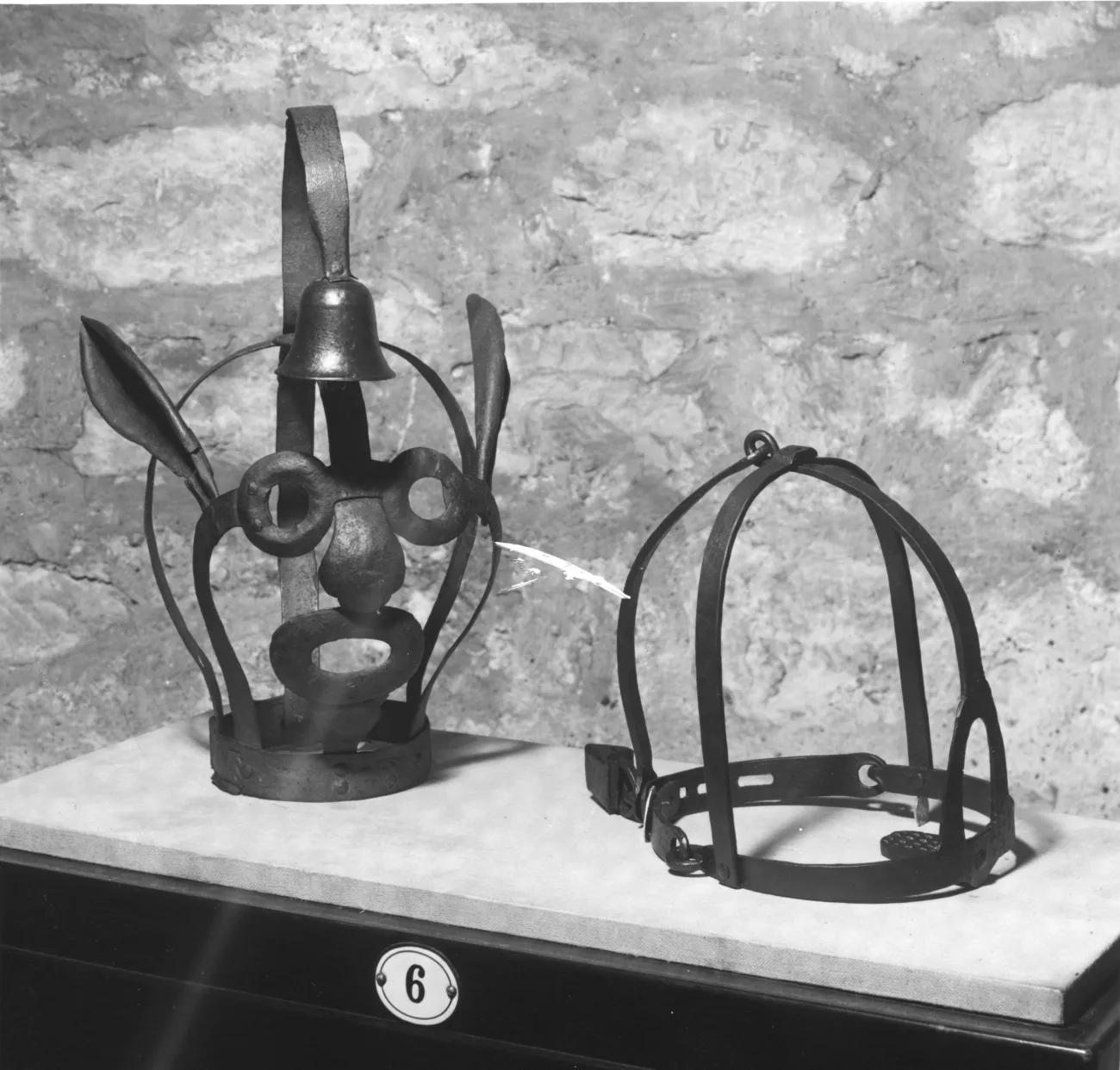
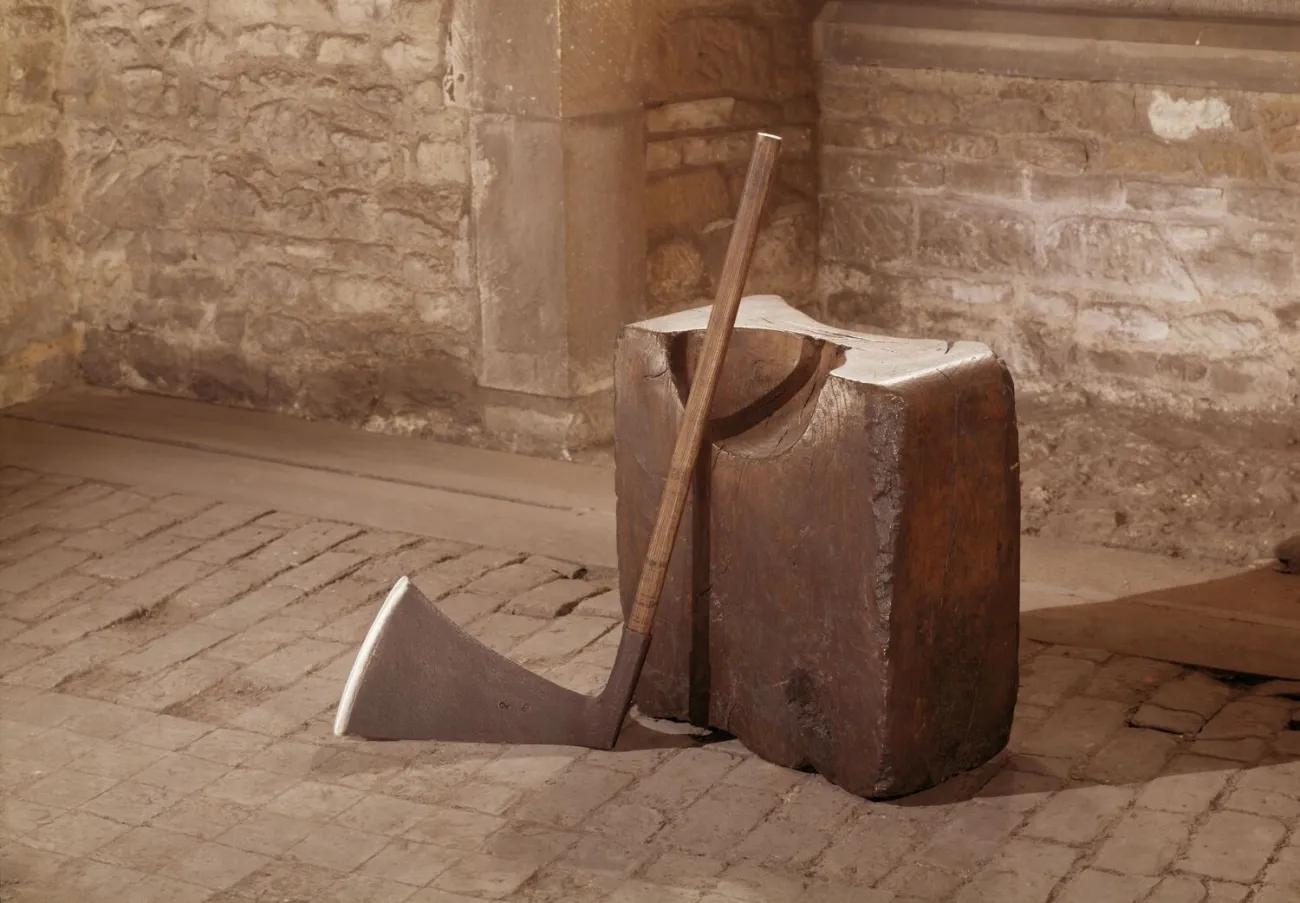
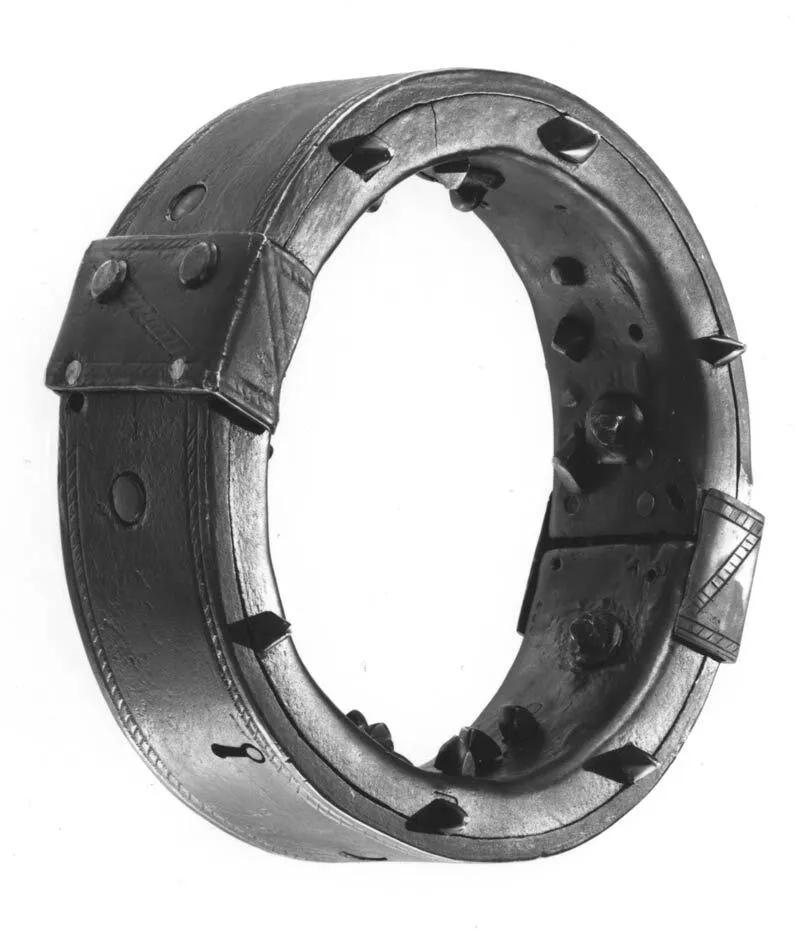

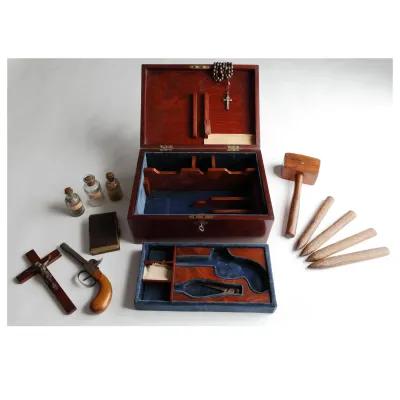
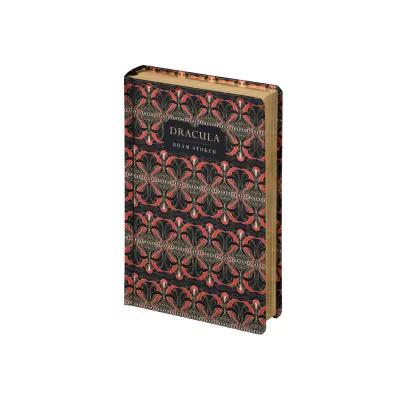

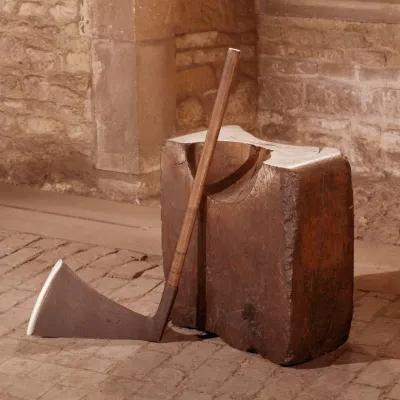
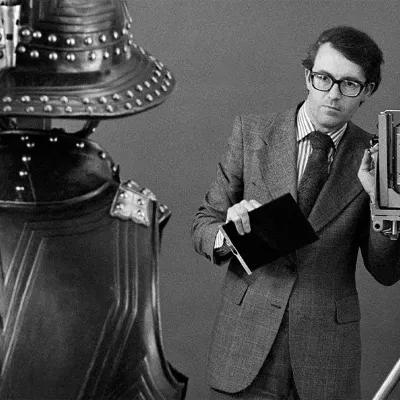

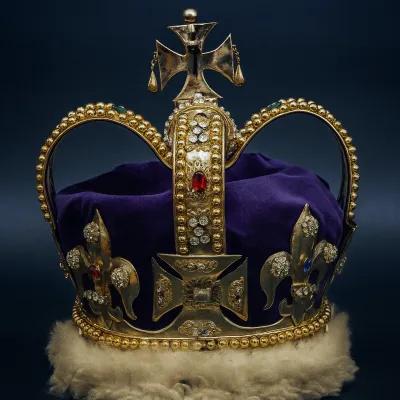
Join the conversation
Great read
Really interesting article